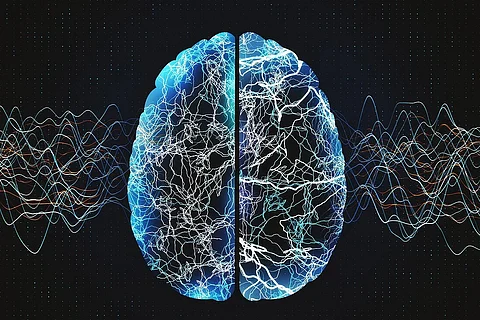

WEDNESDAY, Aug. 20, 2025 (HealthDay News) -- Novel subcutaneous electroencephalography (sqEEG) systems, consisting of a small electrode placed beneath the skin, are feasible and acceptable for monitoring seizures in the long term, according to a study published online July 19 in Epilepsia.
Pedro F. Viana, M.D., Ph.D., from King's College London, and colleagues conducted a 15-month prospective, observational study including 10 adults with treatment-resistant epilepsy. Patients were asked to record sqEEG, to use an electronic seizure diary, and to complete acceptability and usability questionnaires after device implantation.
Ten patients recorded a median of 18.8 hours/day over a median duration of 438 days, totaling 71,984 hours of real-world sqEEG data. The researchers found that throughout the study, adherence and acceptability remained high. Across the patients, 754 sqEEG seizures were recorded, although 52 percent were not reported in the patient diary. Most (68 percent) of the 140 diary reports not associated with an identifiable seizure were reported as seizures with preserved awareness. There was high variability in the sqEEG-to-diary F1 agreement score, ranging from 0.06 to 0.97. There were patient-specific patterns of circadian seizure occurrence and seizure clustering observed, including several relevant discrepancies between the sqEEG and diary.
"The ability to monitor seizures in the real world, accurately collecting data on the type and timing that they occur, will be an invaluable tool for clinicians moving forward and should hopefully have a big impact on how we approach the treatment of this life-threatening condition," Viana said in a statement.
Several authors disclosed ties to the medical device industry.